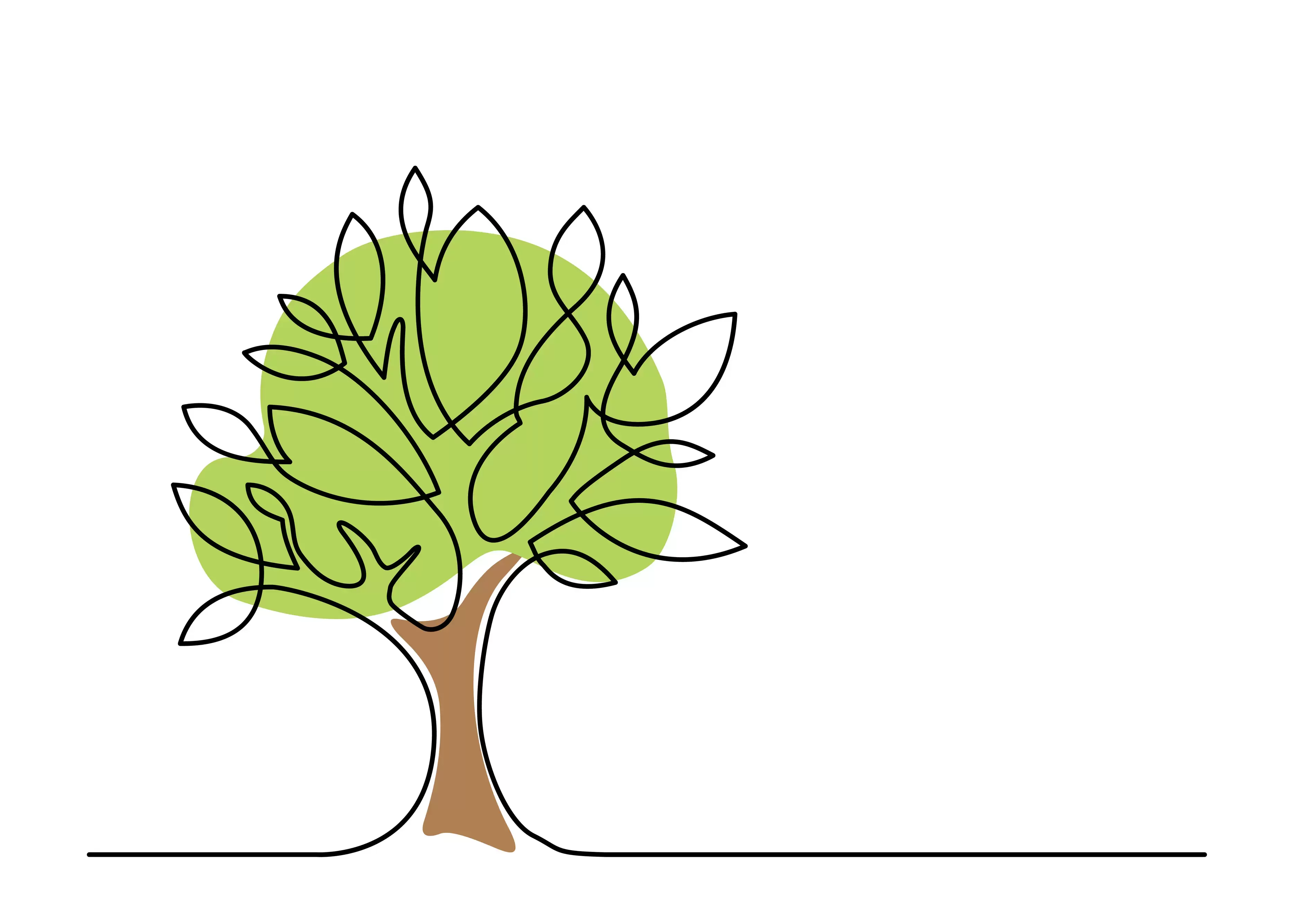
Aiming for the top of the “recovery tree”
It is a powerful image: full functional recovery from depression and enhanced quality of life are the topmost branches of the recovery tree. Helping patients emerge into the light means assessing root causes, and addressing issues of mood, physical functioning and cognition as they make their ascent. Success also involves reducing the risk of a fall, in the form of relapse.
For patients with major depressive disorder (MDD), a return to role function and activities with family and friends, work and education are the highest priorities.1-4 Clinicians and patients may differ to some extent when assessing the goals of therapy, but there has undoubtedly been evolution in our collective understanding that full functional recovery is what constitutes a good outcome - and this is exemplified by the Canadian Network for Mood and Anxiety Treatment guideline.1
Diane McIntosh (University of British Columbia, Vancouver, Canada; and a member of CANMAT) focused on the importance of achieving this patient-centred treatment goal in her presentation at a satellite meeting during ECNP Virtual 2020.
Early restoration of function is a window of opportunity
What the studies tell us
- As demonstrated by the STAR*D trial, around 50% of patients with MDD do not respond adequately to the initial treatment 5,6
- The chances of fully recovering from MDD diminish with time, being greatest in the first six months, and falling to 10-15% after a year, and 5% after two years6
- Patients with residual symptoms of depression are three times more likely to relapse than those who are asymptomatic3
- Patients with partial response experience significant impairments in overall functioning7,8
- Residual symptoms are associated with shorter time to first relapse, longer and more severe episodes of depression, and greater illness burden over 10-20 years of follow-up.9
Getting patients to feel well in the first 8-12 weeks involves establishing a therapeutic alliance, education and support for self-management, the selection and delivery of evidence-based treatment, and the monitoring of progress,1 Professor McIntosh argued. Keeping patients well means full restoration of function, treatment of comorbidities, and preventing recurrence.
New tool helps patients set goals and track progress
Patient-centred care should be our aim, and the way to achieve it is the systematic measurement of patients’ progress towards goals that they themselves define, argued Mark Opler (WCG MedAvante-ProPhase Inc., New York, USA), who also contributed to the satellite meeting.
The Goal Attainment Scale for Depression (GAS-D) has been devised to help track an individual’s progress towards restored functioning.10 Individualized goals are set by collaborative discussion of a patient’s experience of depression and its impact on their life.
What matters most to the individual patient is vital
In a study of 122 patients with MDD, participants identified specific goals in relation to general, physical, social and cognitive wellbeing and completed the GAS-D over twelve weeks of antidepressant therapy.
The majority of patients achieved their personalized recovery goals within 12 weeks.11 The mean baseline GAS-D score of 23.6 rose to 41.8 at week 6 and 50.5 at week 12. At both time points, improvements from baseline were statistically significant.
Educational financial support for this satellite symposium at ECNP Virtual 2020 was provided by H. Lundbeck A/S
Our correspondent’s highlights from the ECNP 2020 symposium are meant as a fair representation of the scientific content presented. The views and opinions expressed on this page do not necessarily reflect those of Lundbeck.
This content does not necessarily represent the opinion of ECNP.
AU-NOTPR-0232. November 2020



